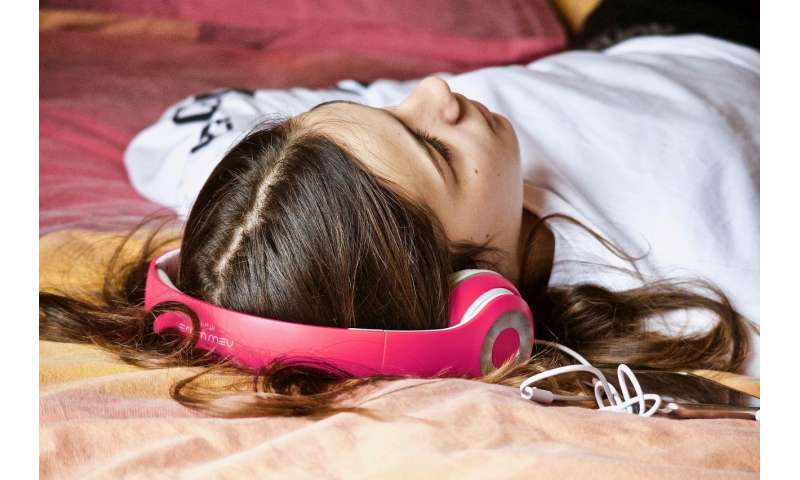
Chronic sleep disruption during adolescence can lead to depression in both males and females and alters stress reactivity in females, according to a new study led by University of Ottawa researchers. Their findings, published in the journal Behavioral Brain Research, are particularly relevant in the context of a pandemic, when adolescents’ mental health is already under strain.
We talked to senior author Nafissa Ismail, Associate Professor at the uOttawa School of Psychology and University Research Chair in Stress and Mental Health, to learn more about the findings.
Why did you and your team decide to investigate sleep and depression in adolescents?
“More than 264 million people around the world suffer from depression. It is a prevalent mood disorder that reduces our quality of life. Individuals diagnosed with depression experience several symptoms including general malaise, reduced libido, sleep disruptions and suicidal tendencies in severe cases.
Twice as many females as males are currently diagnosed with depression. Preliminary evidence suggests that Canadians are experiencing greater depressive symptoms this year, likely as a result of lifestyle changes due to the COVID-19 pandemic.
Adults with depression often first experience depressive symptoms in early adolescence. However, the causes underlying adolescent depression and its sex-specific prevalence rates remain unclear. A popular theory suggests that depression originates in adolescents overexposed to stress, and that differences between male and female depression rates are attributed to an increased female vulnerability to chronic stress.
Sleep disruption is a common stressor during adolescent development. Its repeated exposure could partially be responsible for adolescent female susceptibility to depression.
Using a mouse model, we investigated whether repeated sleep delays differentially affected male and female adolescent mice and examined how their response to stress changed.”
How was the research conducted?
“80 adolescent and adult mice (40 males and 40 females) were manually sleep disrupted for the first four hours of each rest cycle or allowed normal rest for eight consecutive days. They were then exposed to a stressor to assess depression-like behavior.”
What did you find?
“Our results showed that adolescent male and female mice both displayed significantly greater depressive behavior after only 7 days of sleep delays while adult male and female mice did not show depressive behavior under similar conditions.
When exposed to a new stressor following 7 days of repeat sleep delay, only adolescent male and female mice showed increased activity in the prelimbic cortex of the brain—not the adults. The prelimbic cortex is associated with stress coping strategies and can be damaged from overactivation following sleep deprivation.
Adolescent females also showed greater stress hormone release and activation of stress-sensitive brain cells than adolescent males following repeat sleep delay.”
Why is it important?
“Our findings suggest that significant sleep delays during adolescence may increase the likelihood of depression onset in both males and females.
Additionally, sleep delay may sensitize adolescent females to other stressors and increase the likelihood of mood disorder development.
Source: Read Full Article
